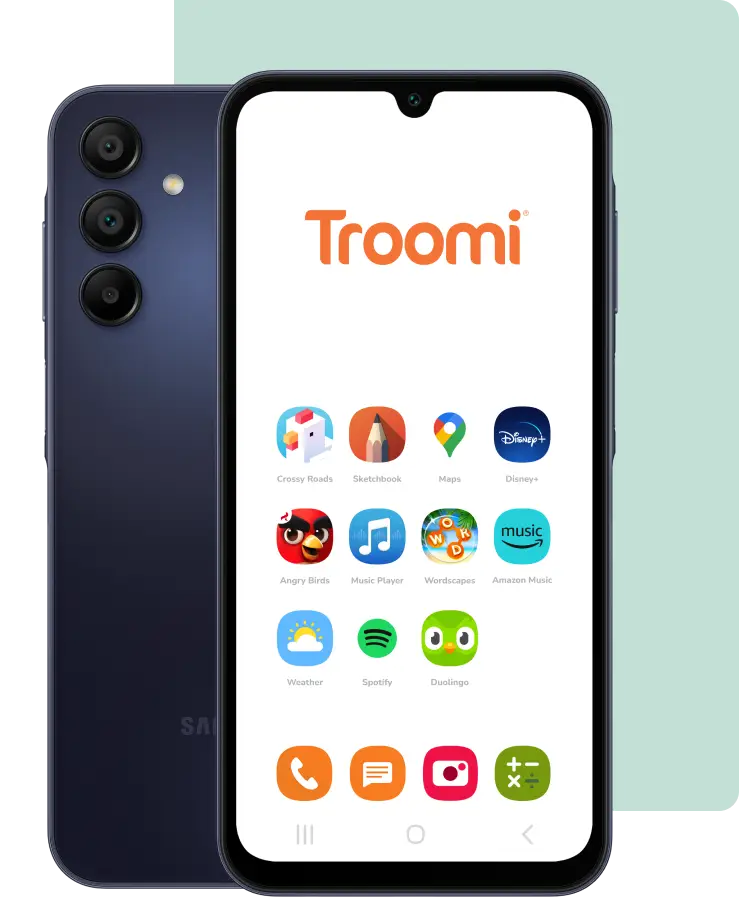In our modern world, tech and social media can become an outlet for anger, frustration, and sadness. While we are aware of the dangers that come from cyberbullying (see here for more information), are we aware of the digital harm that we and our children can do to ourselves?
What Is Self-Harm?
In order to understand digital self-harm, let’s answer this question: what is the definition of self-harm? Self-harm is when an individual hurts themself as a way to deal with difficult feelings, painful memories, or overwhelming situations. There are physical signs of self-harm. Examples of self-harm include (but aren’t limited to) cutting, scratching, or pulling out hair. These aren’t usually done as an attempt to commit suicide, but as an outlet for painful emotions. If you see them in someone you love, you can help. Reach out to a crisis counselor or use the crisis text line.
So What Is Digital Self-Harm?
Digital self-harm (also known as self-cyberbullying or self-trolling) is also a self-destructive behavior with a different outlet—a digital outlet. This is where a child (or adult) will cyberbully themselves through anonymous online messages or public posts. This can include hurtful content or messages against themselves, including death threats or slurs.
This can be confusing for someone who is looking from the outside in. Some experts have described it as a way to make their perception of reality match the reality they perceive around them.They may also do it for attention from parents or friends. There are individuals who have used digital self-harm as a test to see if friends or family share the same low opinions that they post. Kids or teens have also participated in digital self-harm to be funny or as a way to “beat others to the punch,” but regardless of the reason, these examples of self-harm can be a sign of a deeper issue.
While digital self-harm is new to our digital landscape of mental health studies, Danah Boyd wrote an article about digital self-harm as it appeared in the now defunct Formspring back in 2010. Speaking about the future landscape of self-harm she said, “. . . it scares me to think that a digital equivalent is brewing, a form of digital self-harm where words can be as sharp as knives and are directed at oneself.”
In 2013, we would see just how serious that digital equivalent could be. Hannah Smith died by suicide after months of online harassment. When officials dug deeper into the harassment, they found the online messages had an unexpected source. She’d sent the messages to herself. This self-cyberbullying likely increased her feelings of instability and hopelessness.
What DO We Know About What Is Digital Self-Harm?
This form of self-harm is still new and research is ongoing, but we do know some things about it.The Florida Youth Substance Abuse Survey found that 10% of participants said that they engaged in digital self-harm in the past 12 months and 6% had engaged in the past 30 days. They also found that male students were more likely to engage in digital self-harm than female students.
There are several factors that make youth more likely to participate in digital self-harm. These factors include sexual orientation, on or offline bullying, drug use, previous experience with self-harm, and mental health issues. An individual’s reasons for participating in digital self-harm aren’t limited to those factors—in fact, they might not even understand why they are doing it themselves. Regardless of an individual’s reasons for digitally self-harming, their behavior needs to be addressed and treated.
How Can Parents Help?
Studies found that open, honest, and frequent conversations with children about mental health helped victims of digital self-harm the most. This means making mental health an ongoing topic of regular conversation and building a safe, understanding space for kids and teens to speak.
Kids might feel embarrassed when you confront them about their behavior. To help diffuse this discomfort, use phrases like, “Can you help me understand why you posted this?” or “I read that one reason that kids may post bad things about themselves is to cope with loneliness. Is that something you feel?” After talking to your child about why they chose to digitally self-harm, brainstorm ways with them to fulfill their underlying need in a safer, more productive way. Consider getting them therapy or counseling.
Troomi phones have been designed to keep kids from accessing social media or being contacted by strangers, which helps minimize cyberbullying. This includes the bullying they might do to themselves.Finding out our kids are struggling with their mental health, including these new examples of self harm, can be scary, especially when it’s something as hard to understand as digital self-harm. Remember: talking to our kids and helping them feel safe is the best way to start addressing their mental health. Keep an eye on the Troomi blog for more ways to keep your kids safe in this complicated tech age.


